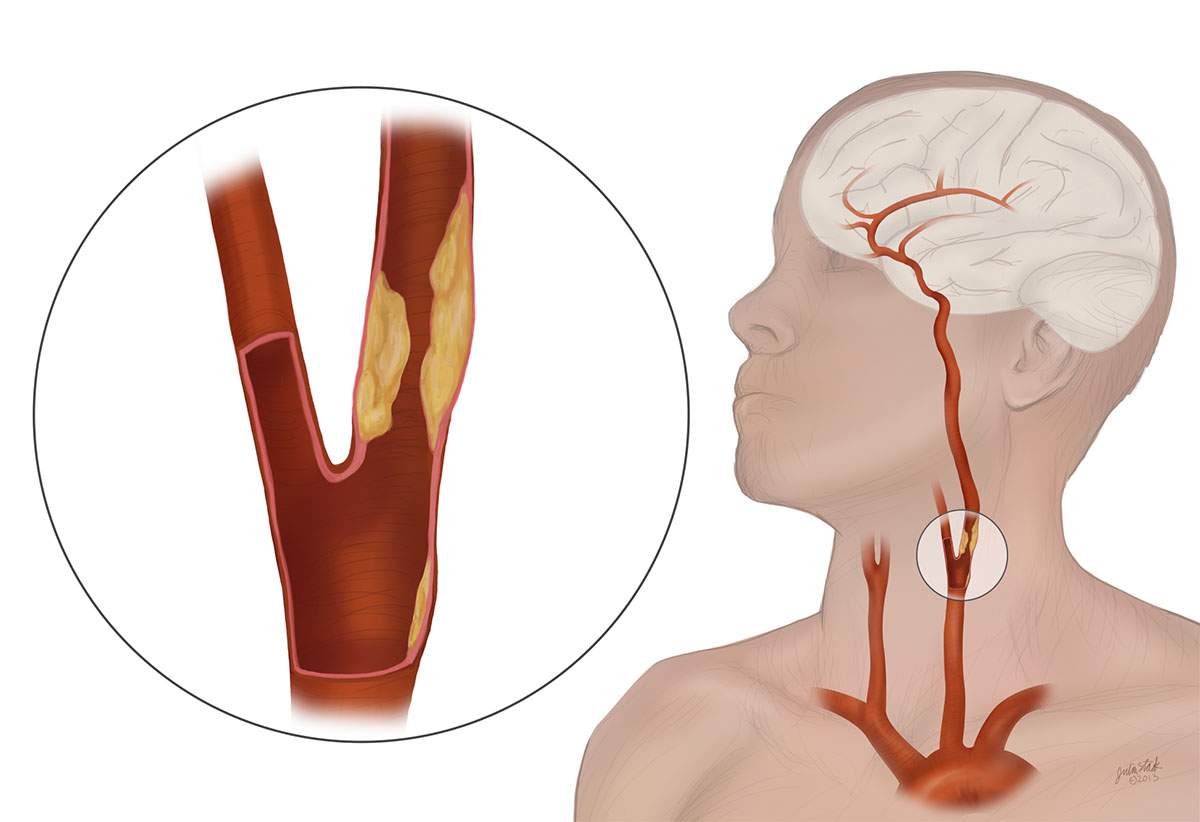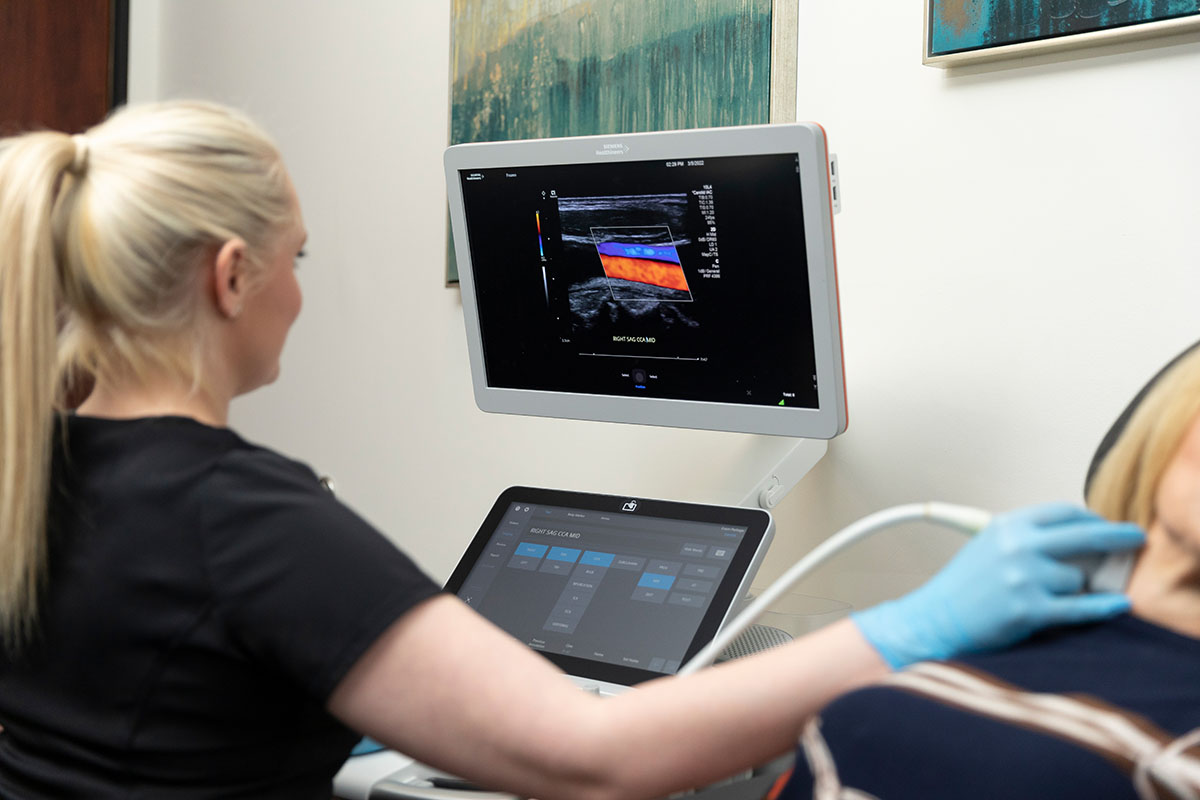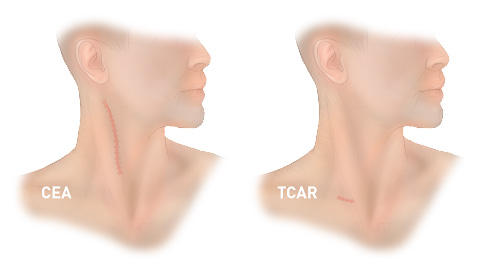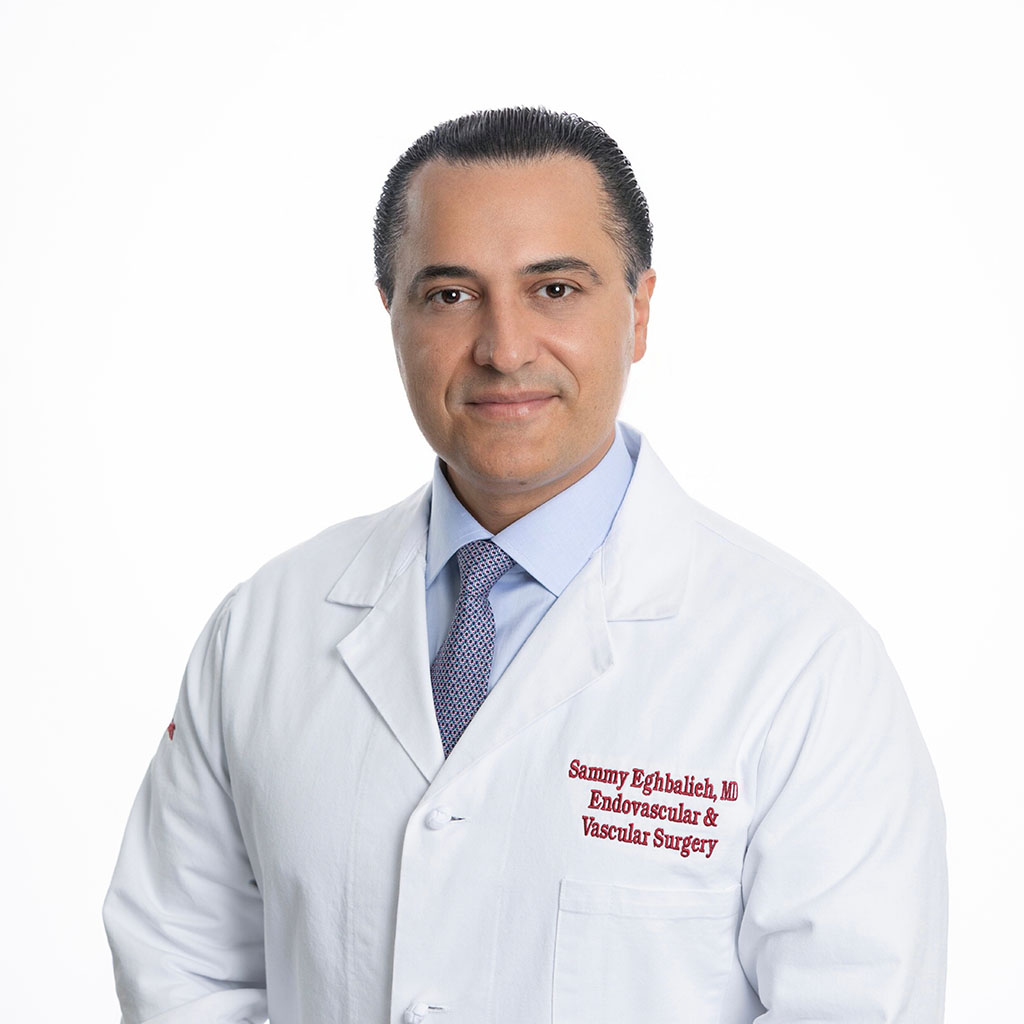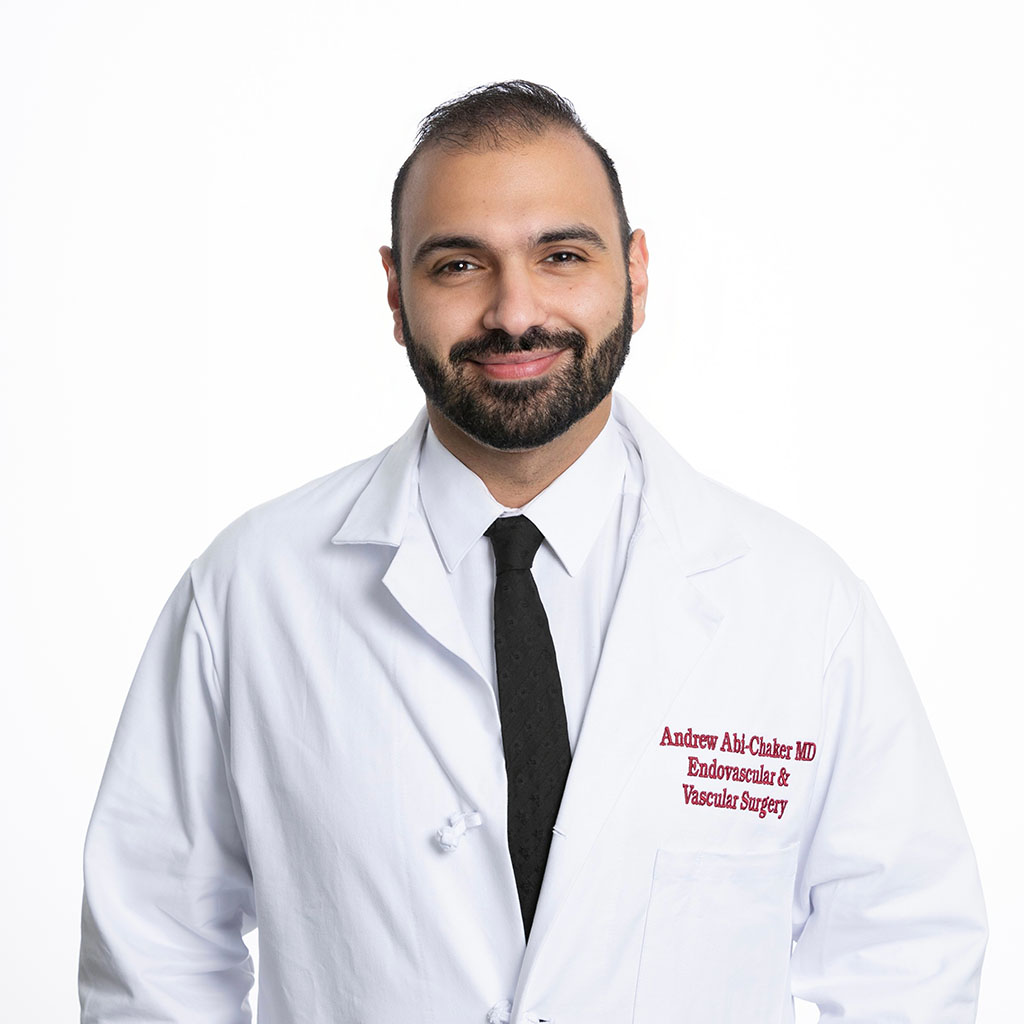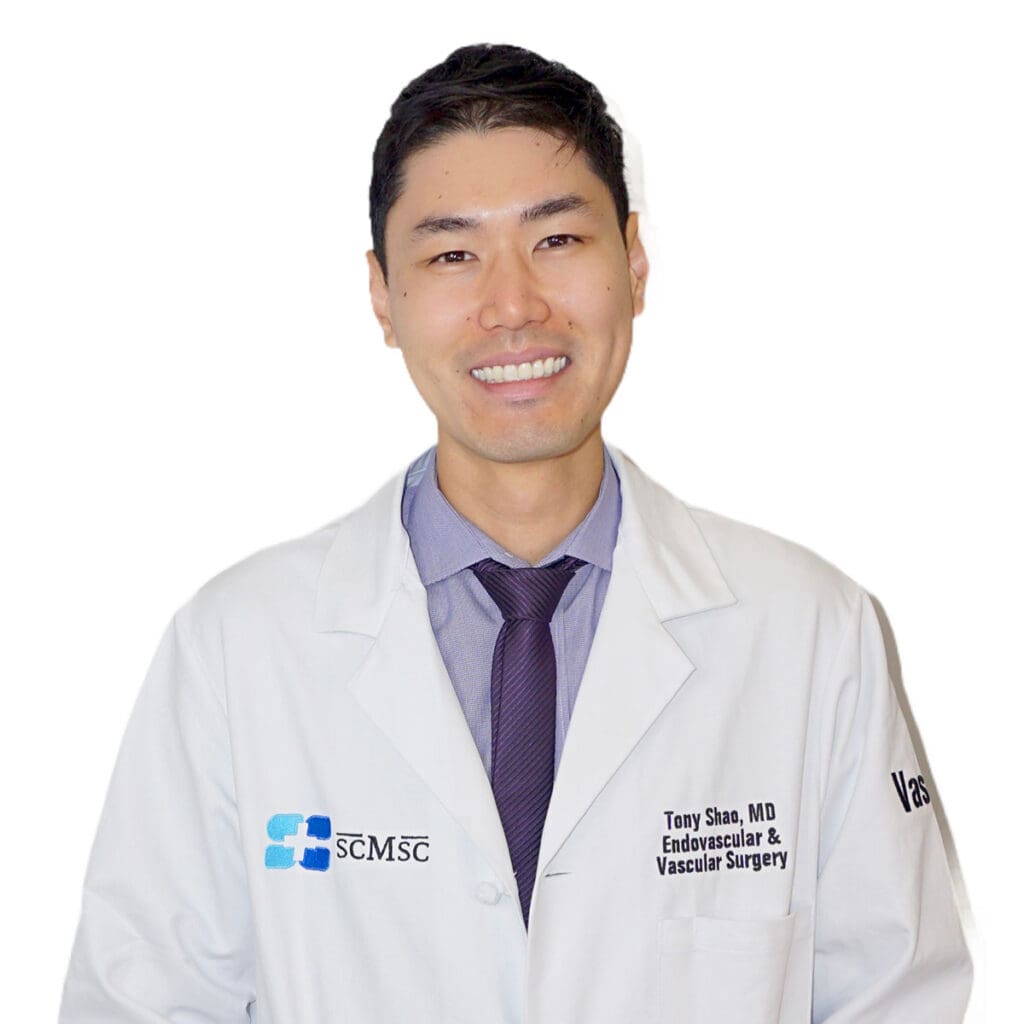Carotid Artery Disease Surgeon Los Angeles
“Every 40 seconds someone in the United States has a stroke.”
– Center for Disease Control
In carotid artery disease, plaque and fatty deposits build up in the carotid artery, reducing blood flow to the brain.
What is Carotid Artery Disease?
The carotid arteries are 2 vital arteries in your neck that supply blood to your brain. Similar to the arteries in your heart and legs, your carotid arteries can also develop atherosclerotic disease. As carotid disease progresses, plaque and fatty deposits build up in your artery causing it to become narrowed and reducing blood flow to the brain.
This is not the only concern, as the plaque builds up and blood flow is diminished, there is an increased chance that a piece of plaque can break off and cause a stroke. There is also risk that a blood clot could form in the diseased area completely blocking off blood flow to the brain.
Every year, 15 million people worldwide suffer a stroke, also known as a brain attack. Nearly 6 million die and another 5 million are left permanently disabled. Carotid artery disease is estimated to be the source of stroke in up to a third of cases, with 427,000 new diagnoses of the disease made every year in the United States alone.
Carotid Artery Disease Q & A
A number of different tests may be used to confirm a diagnosis of carotid artery disease, including duplex ultrasound, MRI, MRA, CTA, or a carotid angiogram.
What are the risk factors for Carotid Artery Disease?
- Family history
- Atherosclerosis
- Age
- Diabetes
- High blood pressure
- High cholesterol
- Obesity
- Coronary artery disease
What are the symptoms of Carotid Artery Disease?
Symptoms of a TIA go away within 24 hours and the patient has a complete recovery. However, a TIA is a warning that a more severe stroke is about to occur. You should seek immediate medical attention if you experience the signs of a TIA or stroke:
- Loss of coordination or movement
- Loss of vision or blurred vision
- Sudden paralysis or clumsiness on one side of the body
- Facial drooping or numbness on one side of the face
- Difficulty speaking
- Sudden severe headache
- Difficulty swallowing
The hybrid Transcarotid Artery Revascularization (TCAR) procedure can be a safer treatment option for Carotid Artery Disease than the traditional Carotid Endarterectomy (CEA).
Treatment Options for Carotid Artery Disease
Your physician may perform one of a number of different tests to confirm a diagnosis of carotid artery disease, including duplex ultrasound, MRI, MRA, CTA, or a carotid angiogram.
Depending on the severity of the disease your physician may recommend medical therapy or lifestyle changes for mild or moderate disease. For more severe carotid disease, surgery will be recommended to improve blood flow through the narrowed carotid artery.
Drs. Eghbalieh and Abi-Chaker offer the following treatment options for carotid artery disease:
- Surgical carotid endarterectomy
The surgical removal of the fatty deposits in the carotid artery. - Endovascular carotid artery stenting
The surgeon makes a small hole in the artery in your leg, the vascular surgeon then inserts a thin tube called a catheter, the catheter is used to deliver a stent, the stent expands inside the carotid artery to increase blood flow through the areas blocked by plaque buildup. - Hybrid trans-carotid artery revascularization (TCAR)
An advanced carotid procedure developed for patients at risk from traditional carotid endarterectomy or stenting with traditional filters. This procedure combines a surgical and endovascular approach and uses flow reversal to improve safety.
It is important to choose an expert in carotid artery surgery if surgical intervention is recommended. One of the complications of carotid intervention is stroke.
The new TCAR procedure is designed to greatly reduce the risk of stroke in these procedures. Drs. Eghbalieh and Abi-Chaker are highly trained in this approach.
Dr. Eghbalieh is recognized as an expert in this procedure and has proctored doctors internationally on TCAR. Click the video and links below to learn more about the TCAR procedure.
Contact our office if you think you or a loved one may be at risk for carotid artery disease or stroke. To schedule an appointment, call 818-900-6480.
Our Vascular & Endovascular Surgeons
It's important to remember not all physicians are trained in advanced vascular and endovascular surgery. It’s a good practice to get multiple opinions and do research on the surgery and the physician.
Make an appointment at SCMSC
We look forward to welcoming you
Schedule an evaluation with the doctors at Southern California Multi-Specialty Center.



